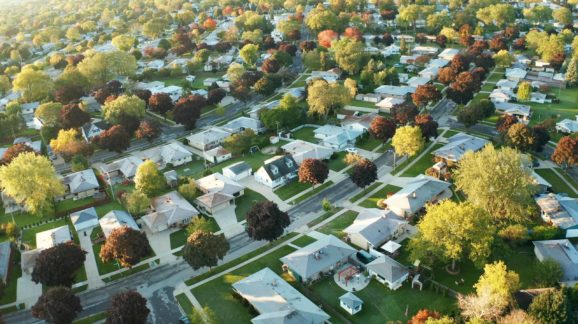Ending a Destructive and Illegal Government Program
Progressives remain unconcerned with the eviction moratorium’s impact on small landlords.
Late last week the U.S. Supreme Court vacated a stay on a lower-court decision that struck down the Biden administration’s extension of the CDC’s nationwide eviction moratorium. Speaker Nancy Pelosi claimed the Court’s decision was “cruel” and that it “immorally ripped away” tenant protections. But who is really cruel here? Neither Pelosi nor her progressive colleagues seem at all concerned about the plight of small landlords whose pandemic losses have been exacerbated by the moratorium combined with government ineptitude and indifference.
Yet, as the Court observed, “many landlords have modest means,” and millions of them around the country are “at risk of irreparable harm by depriving them of rent payments with no guarantee of eventual recovery.” A CBS Evening News story described one of them.
Brandie LaCasse, a veteran and single mother, has effectively been rendered homeless by tenants who refuse to leave her upstate New York house or pay rent. Despite more than $23,000 in arrears, LaCasse couldn’t evict her tenant because of federal and state eviction moratoriums. She and her daughter have been forced to live out of her car or stay with friends. Meanwhile, the tenant’s complaints about her own family’s health and financial travails make it clear that LaCasse is unlikely ever to collect any of the back the rent due.
LaCasse is not alone. Nearly half of the country’s 48 million rental units are in properties with one to four units. Individuals own 41 percent of all rental units, and in properties with one to four units they account for 73 percent of all owners. A Brookings Institution analysis of census data found that roughly a third of these “mom and pop” owners are low- to moderate-income themselves.
The Harvard Joint Center for Housing Studies reports that owners of properties with small numbers of units are the ones most likely to provide affordable housing and were more likely to have tenants in arrears prior to the pandemic. They were also more likely to have seen rental revenues drop by more than 50 percent during the pandemic than were corporate owners of larger properties. Yet owners’ expenses continued unabated.
Neither landlords nor tenants should be in this precarious position. Federal Emergency Rental Assistance funds have been available to pay the rent of low-income, financially strapped tenants to their landlords since December. But the Treasury acknowledges that only 10 percent of the $46.55 billion in federal money available has been distributed through state authorities. Disbursing the money would have made protecting tenants via a moratorium unnecessary. But repeatedly extending the federal moratorium removed any incentive that states had to act with dispatch.
Read the full article at National Review.
